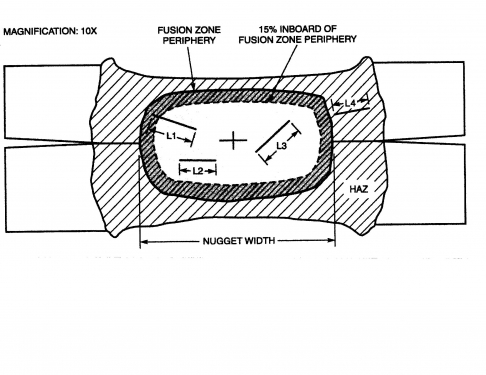Internal cracks in the weld nugget can lead to decreased strength and need to be prevented or reduced.
AWS 8.1 Figure 7 is a sketch showing internal cracks:

The factors to control are:
Short Hold Times – A short hold time does not give the welder sufficient time to forge the part as the weld nugget solidifies. If the electrodes open when molten or plastic state material is present voids and cracks can be expected in the final nugget.
Low Weld Force – If the force is insufficient to forge the part properly as the nugget cools then voids and cracks can be present in the final weld nugget.
Dirty – Scaley Material – If dirty foreign material ends up in the weld nugget it can cause outgassing and slag which produce voids and cracks.
Metallurgy of Material Welded – Some materials have a tendency to form voids as they cool. The only way to solve this is to forge the void shut while still hot.
Poor Head Follow Up – Worn cylinders or any condition which causes the weld head to be slow in follow up can lead to the nugget solidifying without sufficient forging forces. This condition can lead to cracks and voids in the welds nugget. Fast follow up is a necessity in projection welding.
Other conditions that are less prevalent but can be a factor are small electrode face area and long weld times.
Reference: CMW Resistance Welding Products Catalog
RWMA - Resistance Welding Manual 4th Edition

